12 Essential AI Techniques, Tools & Frameworks to Enhance your Software Product
Discover 12 essential AI techniques, tools & frameworks to enhance your software product!
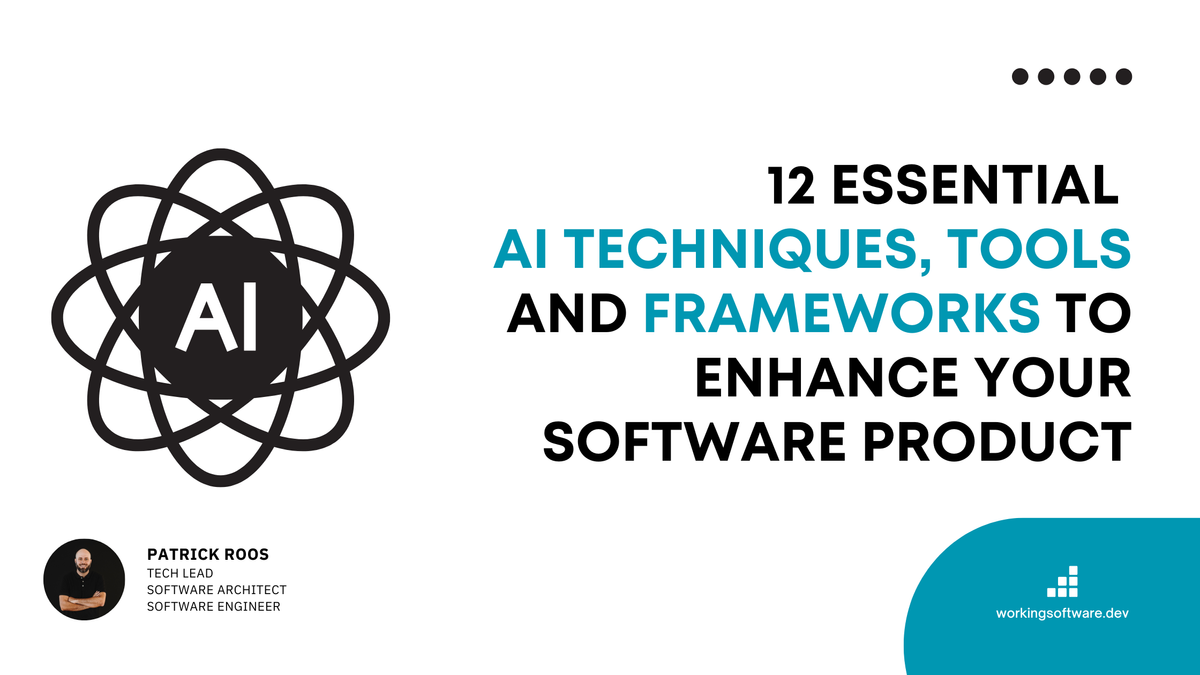
AI Techniques
Retrieval Augmented Generation
RAG (Retrieval-Augmented Generation) improves the accuracy of AI answers by combining information retrieval and text generation. It first searches external knowledge sources for relevant data and then integrates this information into the model’s internal knowledge. This approach reduces hallucinations and outdated answers by basing the text generated by the AI on verifiable facts in real time. By incorporating domain-specific data, RAG improves expert-level answers and expands the model’s context window for handling complex queries. Ultimately, it increases trust and transparency by providing more accurate, source-based answers.
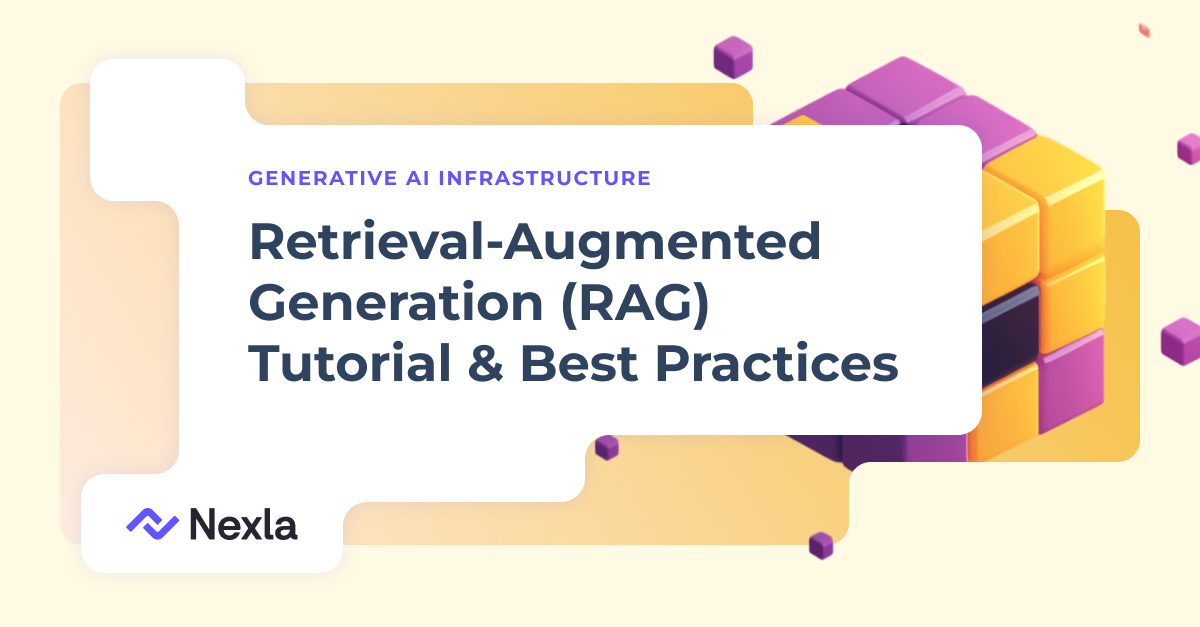
Vector Databases
A vector database efficiently stores, indexes and queries high-dimensional vector embeddings. Unlike traditional databases, it enables fast similarity searches based on meaning and context rather than exact matches. This makes it ideal for applications such as AI, recommendation systems and semantic search. By using mathematical representations of data, vector databases improve query accuracy and performance. They are essential for handling unstructured data such as images, text and audio in modern AI applications.
Examples of Vector Databases
Embedding
An embedding is a numerical representation of data (e.g. text, images or audio) in a high-dimensional vector space in which similar elements are closer to each other.
Take a look at the example embedding models (e.g. text-embedding-ada-002) from Open AI, see: https://platform.openai.com/docs/guides/embeddings#embedding-models
Document Ingestion
Data ingestion refers to the collection and import of raw data from various sources into a central storage system or database for further analysis. This involves extracting data from various sources such as files, applications, APIs and streaming platforms in different formats. The data can be structured, semi-structured or unstructured.
AI Tools
Ollama
Ollama is a tool that allows you to run large language models (LLMs) locally on your own machine without relying on cloud-based APIs. It provides an easy way to download, manage and efficiently run open source AI models (such as DeepSeek R1, Llama 2, Mistral or Gemma).

Open Web UI
Open WebUI is an extensible, feature-rich and user-friendly self-hosted AI platform that can be run completely offline. It supports various LLM runners such as Ollama and OpenAI-compatible APIs with built-in inference engine for RAG, making it a powerful AI deployment solution.

AI Frameworks & Libraries
LangChain
LangChain is a framework for the development of applications based on large language models (LLMs). It provides tools and abstractions to connect LLMs (such as OpenAI’s GPT, Llama or Mistral) with external data sources such as databases, APIs and vector stores.
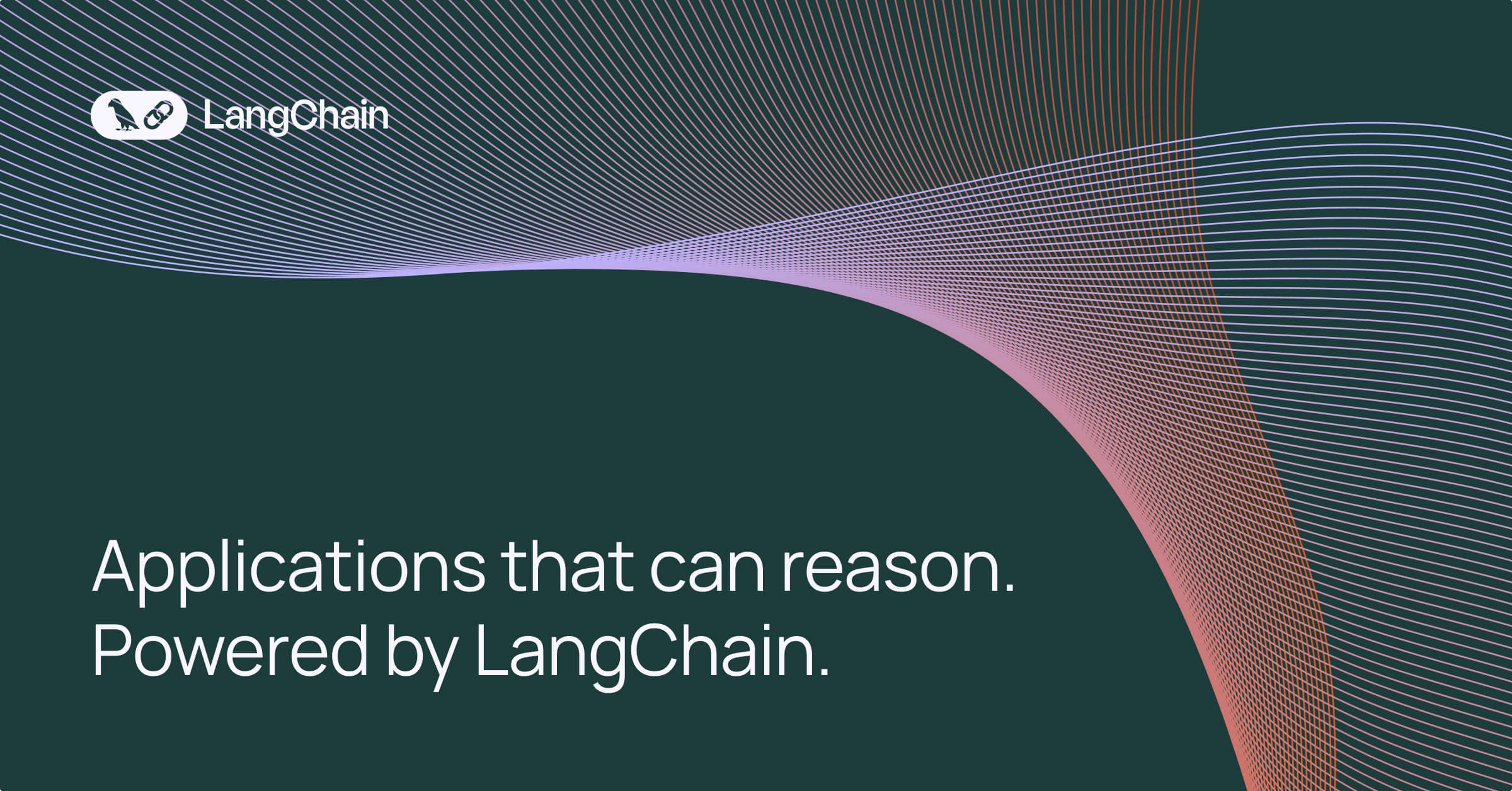

Spring AI
Spring AI is an application framework for AI engineering. Its goal is to apply the design principles of the Spring ecosystem, such as portability and modular design, to the AI domain and to promote the use of POJOs as building blocks of an application for the AI domain.
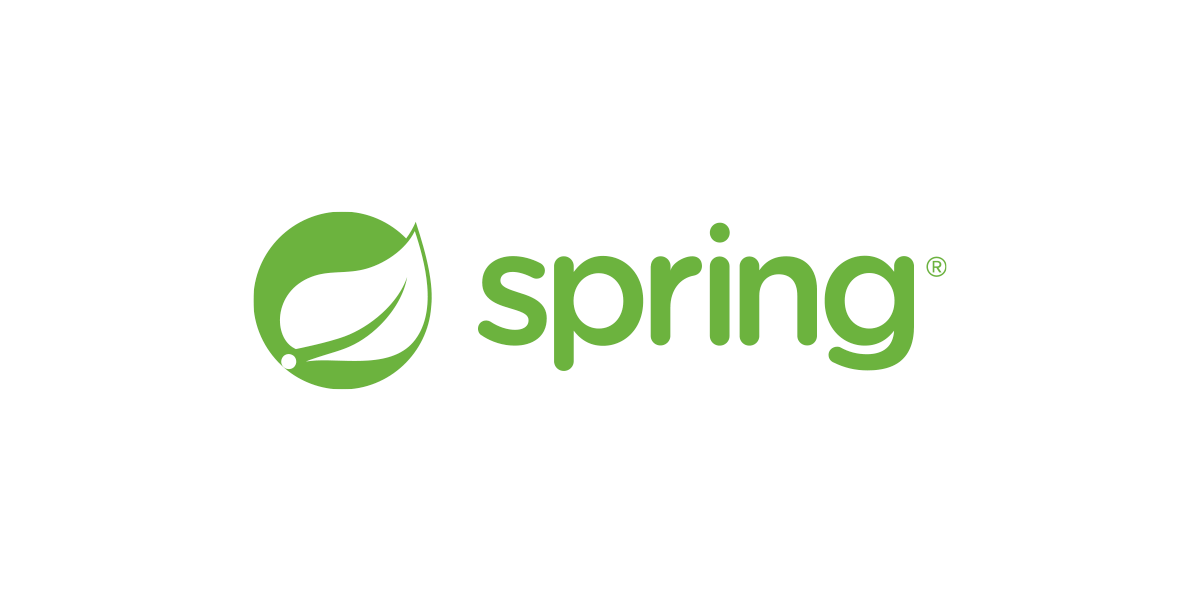
Faiss
Faiss is a library for efficient similarity search and clustering of dense vectors. It contains algorithms that search in vectors of any size, up to those that may not fit in RAM. It also contains supporting code for evaluation and parameter tuning. Faiss is written in C++ and includes full wrappers for Python/numpy. Some of the most useful algorithms are implemented on the GPU. Faiss is mainly developed by Meta's Fundamental AI Research group.
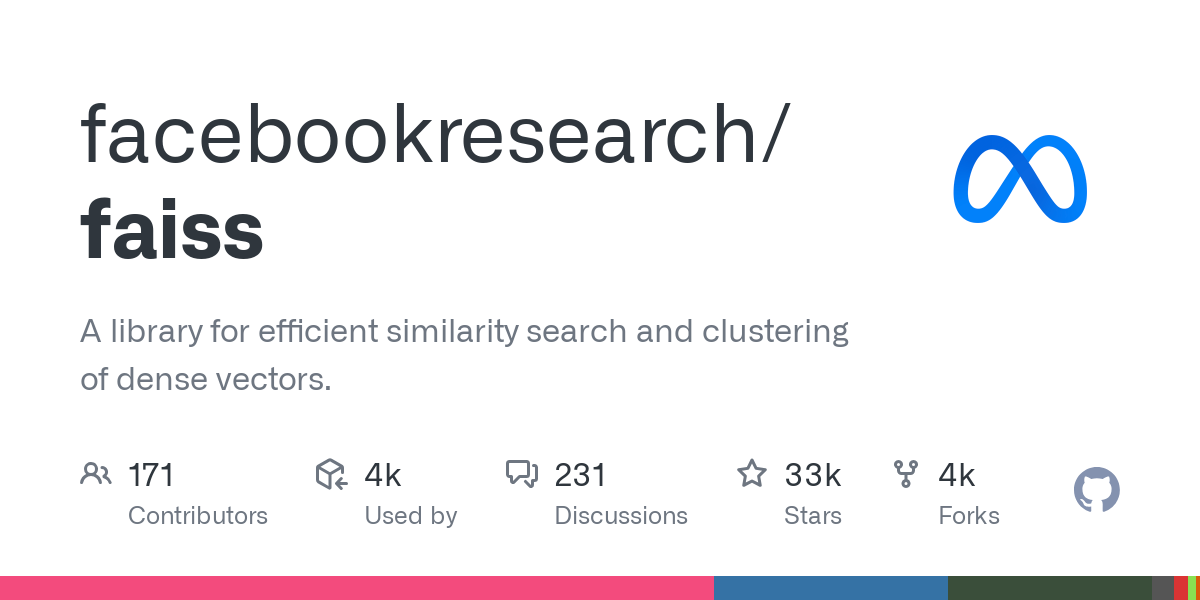
tiktoken
tiktoken is a fast BPE tokeniser for use with OpenAI's models.
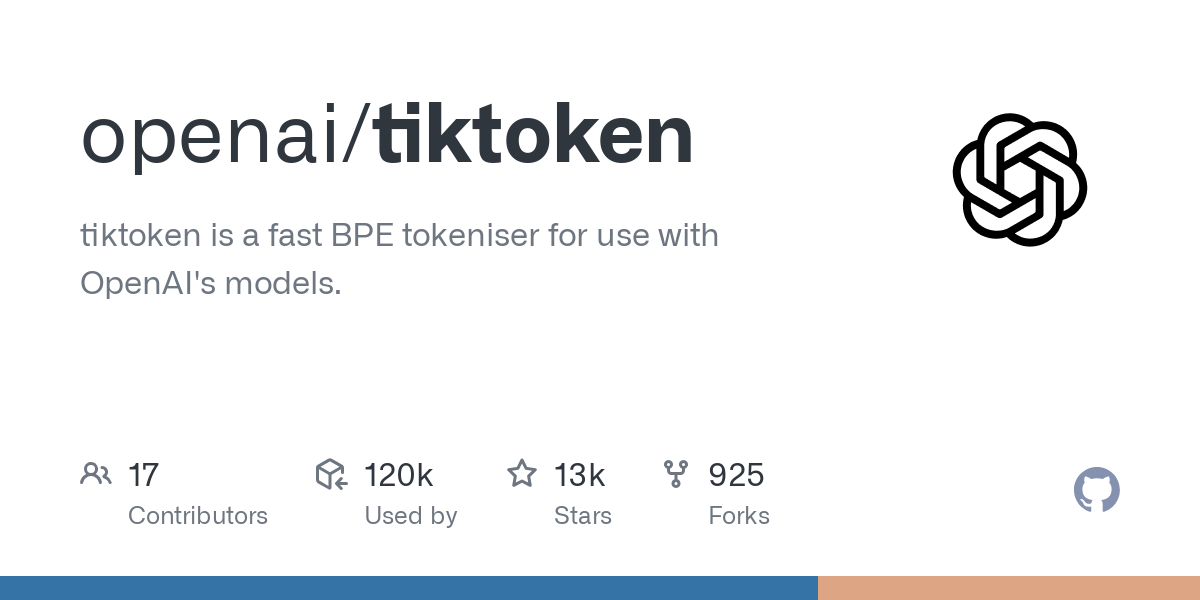
Vibe Coding
Lovable
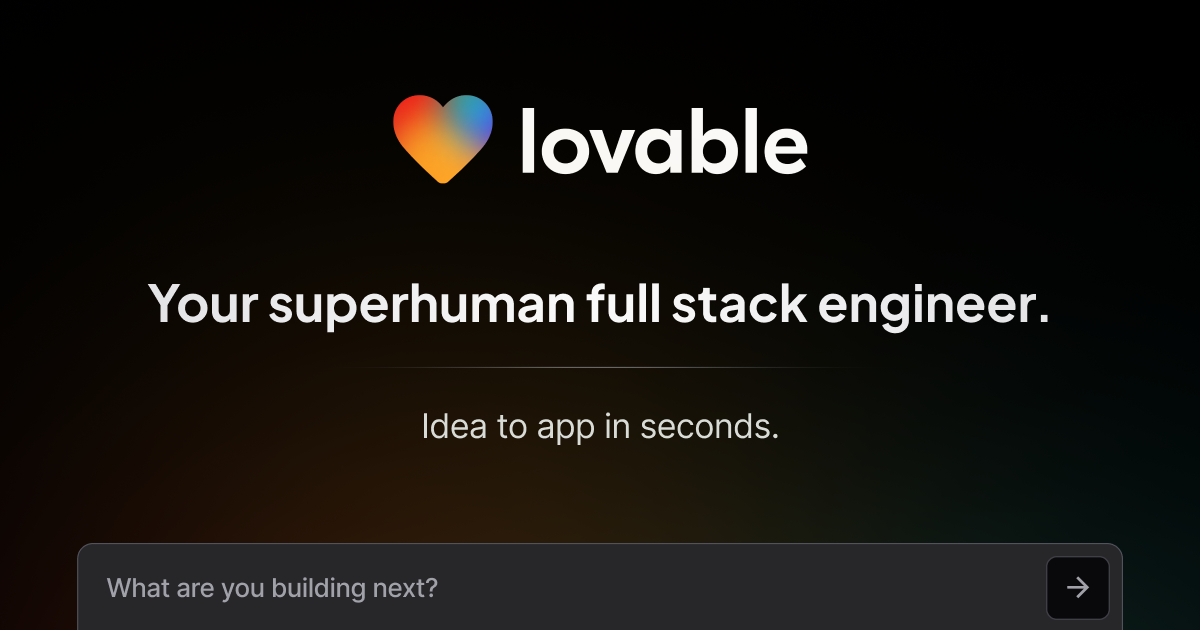
Lovable.dev is a specialized platform that supports software teams in the efficient development of lovable digital products with guidance, frameworks and insights. The focus is on practical strategies for product teams, software architects and technical leads to improve user experience, market fit and overall product quality. By integrating best practices, Lovable.dev empowers tech leaders and teams to build products that users truly love.
Replit
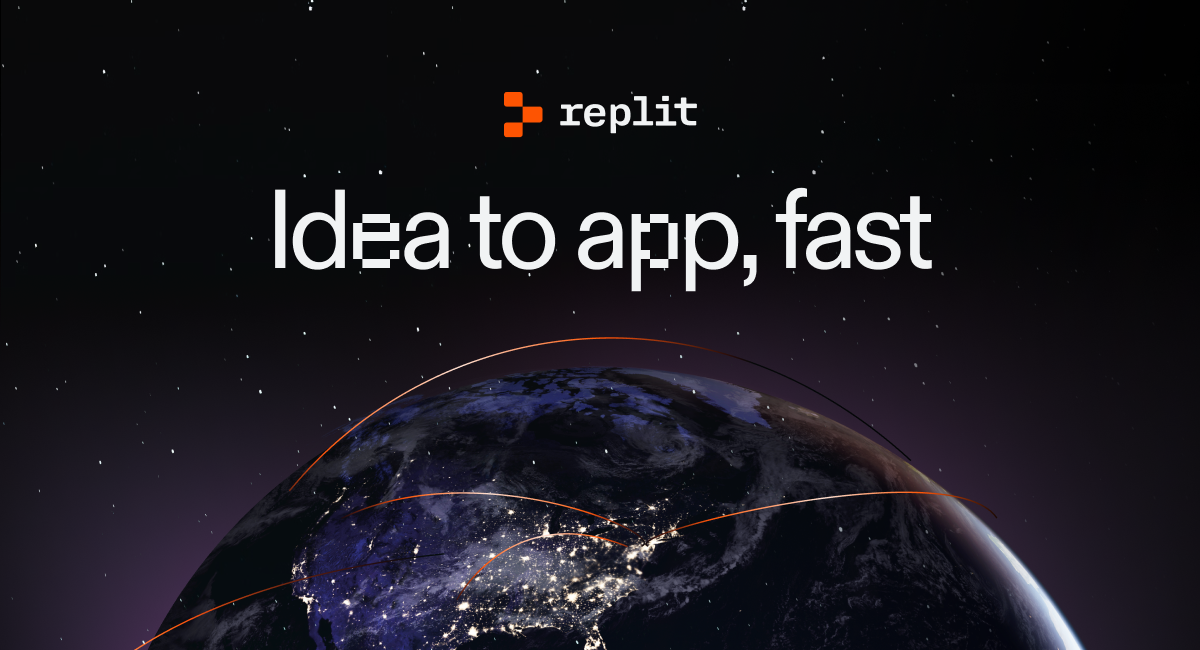
Replit is a powerful, collaborative online coding platform that allows developers to write, run, and share code seamlessly from any browser. Featuring real-time collaboration tools, built-in hosting, and support for over 50 programming languages, Replit enables rapid prototyping and simplifies development workflows for teams and individuals. Ideal for education, startups, and personal projects, Replit accelerates software development by providing instant deployment and an intuitive coding experience.










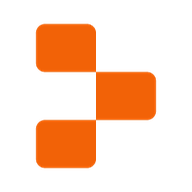
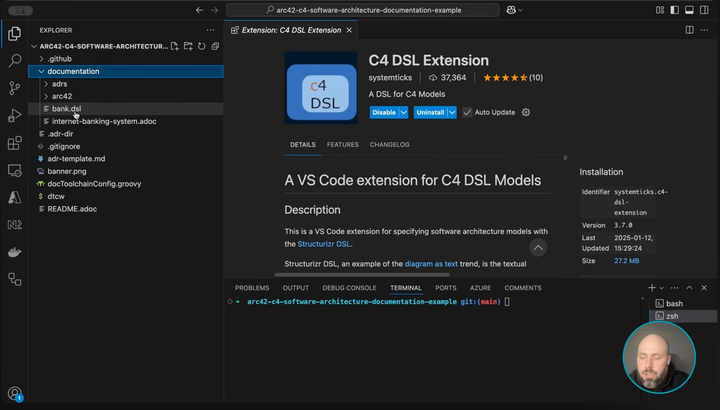
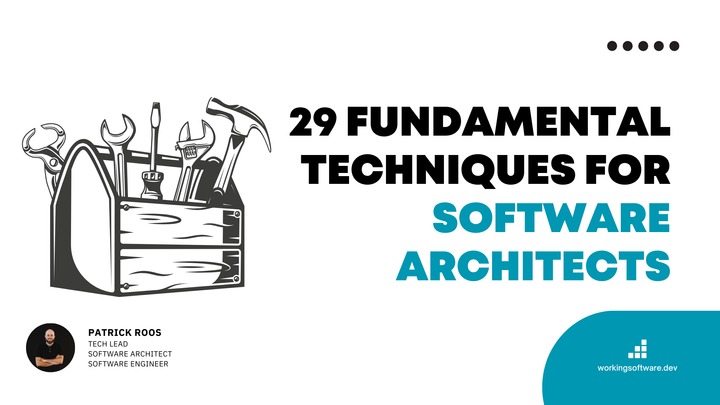
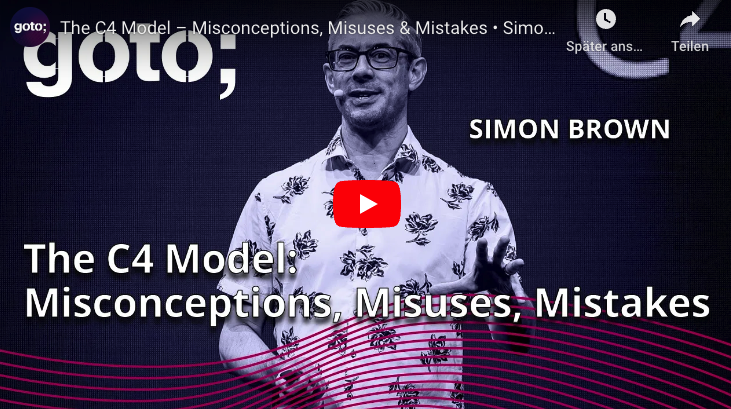
Comments ()